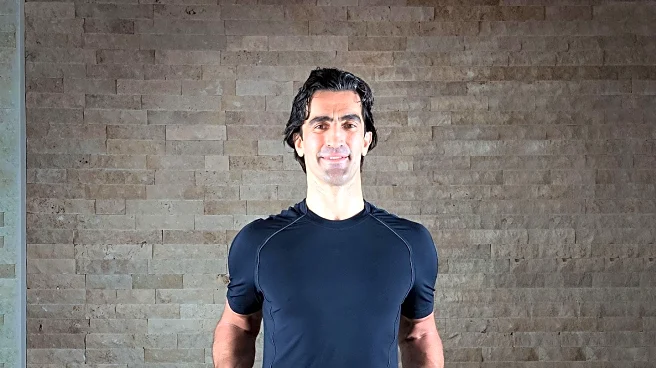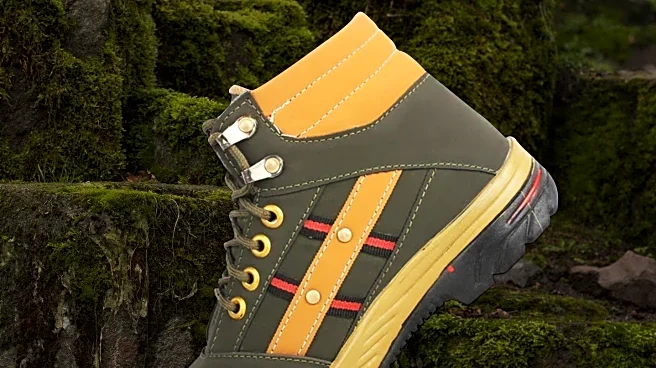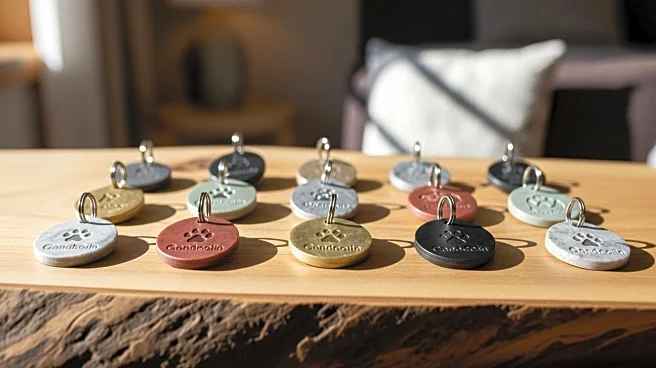What is the story about?
What's Happening?
A recent hiking expedition in Alaska highlighted the utility of $30 quick-dry pants, which proved indispensable for the challenging terrain of Lake Clark National Park and Preserve. The pants, made from a nylon-spandex blend, offered durability and comfort during a four-day adventure that included bear watching and navigating remote wilderness areas. With features like water resistance, stretchability, and multiple zippered pockets, the pants provided convenience and protection against the unpredictable Alaskan weather. The pants were worn continuously throughout the trip, demonstrating their ability to withstand mud, dirt, and varying weather conditions while maintaining comfort and functionality.
Why It's Important?
The story underscores the importance of reliable and versatile outdoor gear for adventurers and travelers exploring remote and challenging environments. The quick-dry pants offer a practical solution for those facing strict baggage limits and unpredictable weather, ensuring comfort and protection without compromising on style or functionality. This highlights a growing trend in the outdoor apparel industry towards affordable, high-performance clothing that meets the needs of both casual hikers and seasoned explorers. The pants' success in Alaska could influence consumer choices and drive demand for similar products in the market.
Beyond the Headlines
The experience in Alaska also reflects broader themes of sustainable travel and the desire for authentic outdoor experiences. As more people seek to connect with nature and explore remote destinations, the demand for gear that supports these adventures is likely to increase. This could lead to innovations in outdoor apparel design, focusing on sustainability, durability, and adaptability to diverse environments. The story also touches on the cultural aspect of blending in with seasoned travelers and wildlife photographers, emphasizing the role of clothing in shaping travel experiences and perceptions.
AI Generated Content
Do you find this article useful?














